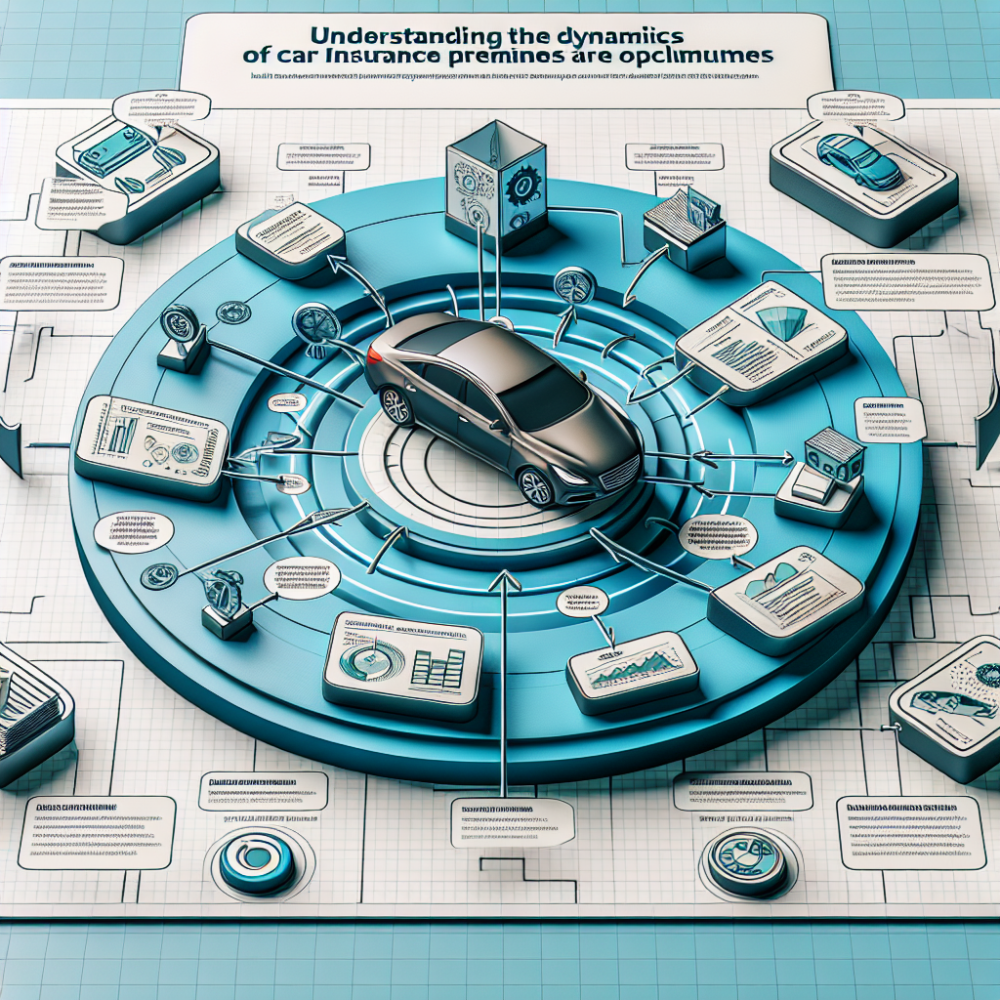Understanding the Dynamics of Car Insurance Premiums

Posted on: Saturday, March 2nd, 2024
The intricacies of calculating car insurance rates are both complex and fascinating. At their core, these algorithms consider a multitude of diverse factors ranging from personal driving history to broader statistical data. This guide delves into the primary criteria that insurance companies use to determine your premium, shedding light on how each element plays a crucial role in the calculation. As the insurance landscape evolves with technology, staying informed on these factors can help you navigate the best rates possible.
One of the most significant components in determining insurance rates is the driver's history. Insurance providers meticulously analyze past incidents, including accidents, traffic violations, and even the length of time you've held a license. This history helps insurers assess the risk level of insuring the driver, with a cleaner record often resulting in lower rates. Consequently, maintaining a good driving record is crucial for keeping insurance costs down.
Another vital factor is the vehicle itself. The make, model, age, and even color of the vehicle can influence your insurance premiums. High-performance vehicles, for instance, often incur higher rates due to their potential for speed, while newer models might be more expensive to insure due to their higher replacement costs. It's important to consider these aspects when purchasing a car, as they can significantly affect insurance expenses.
Geographical location also plays a pivotal role in insurance rate calculations. Insurers evaluate the risk of theft, vandalism, and accident rates specific to an area to determine premiums. Urban areas, with their higher density of traffic and greater likelihood of theft, generally see higher rates than rural areas. This consideration extends to parking spots as well; for example, parking in a garage vs. on the street can impact your rate.
Age, gender, and marital status are demographic factors that further influence car insurance rates. Statistically, younger drivers and particularly men under the age of 25 are considered higher risk and, as a result, might face steeper premiums. Married drivers tend to receive lower rates as they are perceived to be more stable and risk-averse. Although controversial and subject to ongoing debate and regulation, these demographic factors remain significant in the calculation process.
Credit score is another critical element in the rate calculation algorithm for many insurers. A higher credit score can indicate financial stability and responsibility, leading to lower insurance rates. Although not universally applied - some states forbid the use of credit scores in determining insurance rates - it remains a prevalent factor in many places. Keeping a good credit score can, therefore, be beneficial not only for your finances but also for your car insurance rates.
Finally, the amount of coverage and the deductible you choose are directly reflected in your rate. Opting for comprehensive coverage over basic liability will naturally increase the premium, as will choosing a lower deductible. These decisions should be made based on personal preference, risk tolerance, and financial capacity. Balancing adequate coverage and affordable premiums is key to finding the right insurance policy.
In summary, car insurance rate algorithms are a blend of personal, vehicle-related, and external factors. By understanding and managing these components to the best of your ability, you can navigate towards more favorable insurance rates. Remember, insurance premiums are not static; they can change based on life events, driving behavior, and even improvements in your credit score. Staying informed and proactive is the best strategy for managing your car insurance costs.